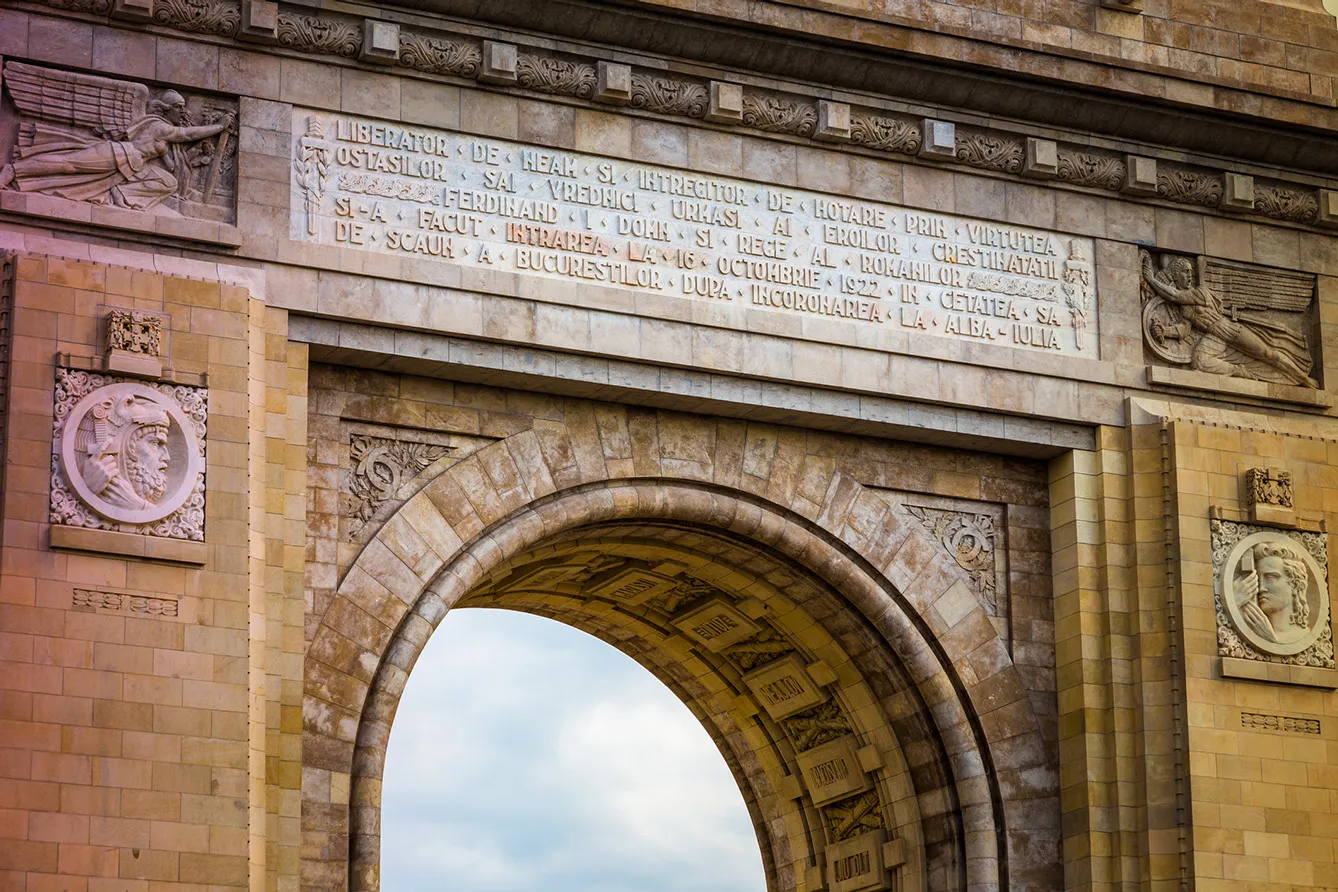Growing up Romanian, you are prone to face an identity dilemma. You can understand and speak Italian with little to no knowledge of the language, but you also reply with “da” for the word yes. You take pride in being one of the five Romance countries, but you also don’t shy away from recognizing your neighboring countries’ influence. You may enjoy a cup (or bottle, we don’t judge) of wine from time to time, but you sure wouldn’t say no to some palinka either. You feel just as at home in Spain as you do in Bulgaria. Last but not least, you love pasta – but you also love sarmale. So which side is it? It is a question historians have tried to answer for centuries.
Fifth wheel of the Balkans
Romanian ethnogenesis is comprised of two stages: the first one being Romanization (after the Roman conquest of Dacia, modern-day Romania, in 106), followed by the assimilation of the migratory peoples in 275. In terms of language, over 70% of the Romanian vocabulary is based on Latin, and close to 15% resulted from Slavic influence.
But while language is one of the main forms of identification of a country, there is more to the identity dilemma than the structure of the vocabulary. As the square peg in the round hole of romance countries, Romania is often regarded as the third wheel of the bike or, as we say in Romanian, the fifth wheel of the cart, which, given the resemblance in numbers, seems to be more fitting.
Regardless of the somewhat insensible international perception of Romania’s belonging to the Romantic countries, the relation between Romania and the Western block of the family is not to be disregarded or minimized. And while blood is thicker than water, one cannot neglect the Balkan and Slavic influence on the Romanian people either. As the “cousin” of the family, we might have a slightly different way of saying “I love you” than in other languages, but the meaning is all the same.
Romania, the Latin Orthodox country
Mind-mapping the European continent has always proved to be a complicated task for scholars and academicians. In the Balkan region, the issue was even more prominent. Sorin Alexandrescu, an important Romanian literary critic, semiotician, and linguist, described Romania as “an island of Latinity lost in a great mass of Slav and Hungarian.” In his work “The Romanian Paradox,” he identified the stages of Romanian culture formation from its beginnings.
The first stage identified was titled “the belonging paradox,” which described how Romania, as a frontier land between Central Europe, Eastern Europe, and the Balkans, belonged to all three of the aforementioned regions, but at the same time, it did not fully identify with any of them. In this sense, Romania can be understood as a ‘buffer zone’ in the clash of identities between these cultures. In this geographical point of intersection, the culture developed by the Romanians was an amalgam of the influences it encountered.
The Romanian melting pot
In this “melting pot” of cultures that Romania represents, multiculturalism has worked wonders. That is precisely why, while a great part of the identity and ideology leans towards Western Romance culture, vast amounts of Eastern and Balkan customs and traditions have also been assimilated. Romania can be understood as a double-faced coin, if you will, where the influences of the Latin and Balkan elements are not always mutually exclusive but can often reinforce each other.
In the formal setting, Romania is usually regarded as a high-context culture, like France or Italy. In terms of individuality, however, Romania seems to be more on the collectivist side, as opposed to the counterparts mentioned above, on equal footing with Bulgaria regarding its low individualistic nature (according to Hofstede Insights). This further emphasizes the idea of an enigmatic identity, formed by Latin roots as the inherited origin and the Slav/Balkan character as the “borrowed” character.
All in all, addressing the Romanian belonging to the Romance countries, while definitely irrefutable, is always up for some interesting debates. As the far away but not lost “cousin” of the Latin family, Romania will always be seen as that one relative you rarely meet but with whom the bond is never lost. One may argue the modern-day Latin character of the country. In contrast, others may perceive the people of Romania by their former East-European identity and their strong resemblance in customs with the Balkan and Slav neighbors. However, one may wish to understand Romania in this identity dilemma, one thing is sure, and it is that, at the end of the day, all Romanians remember the lyrics of the national anthem, stating that “Now or never let us give proof to the world/That in these veins Roman blood still flows.”







